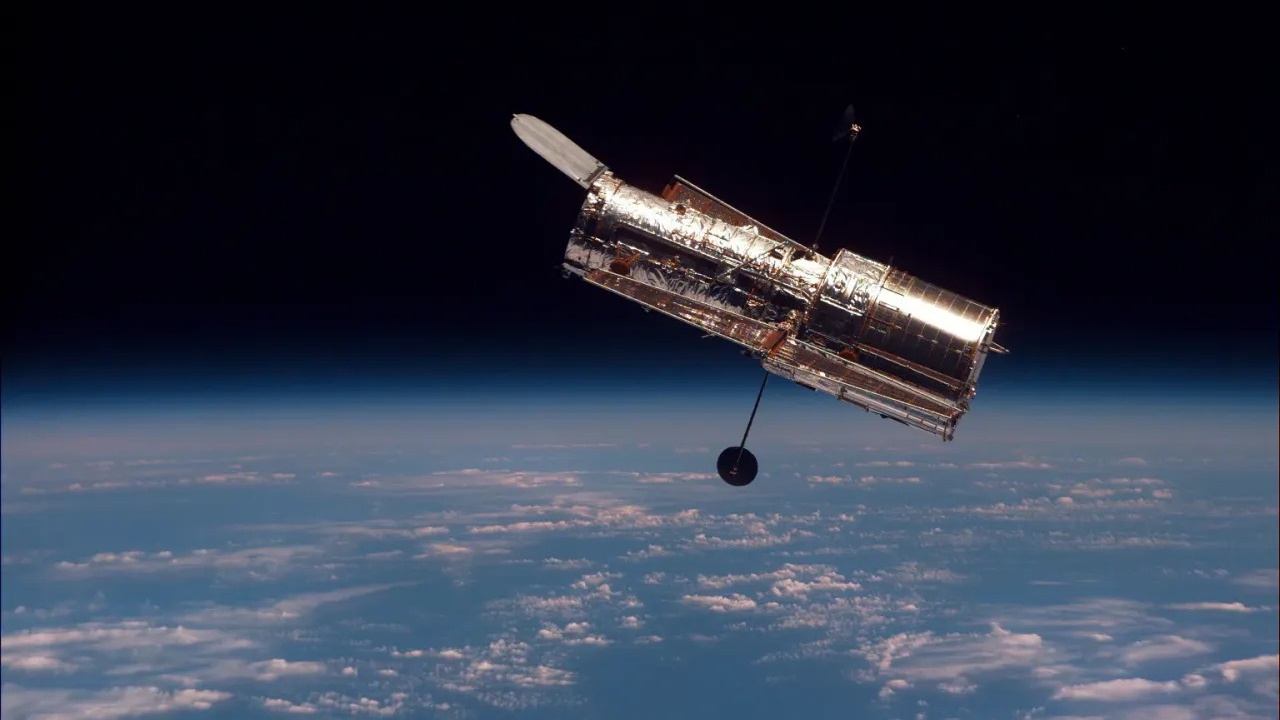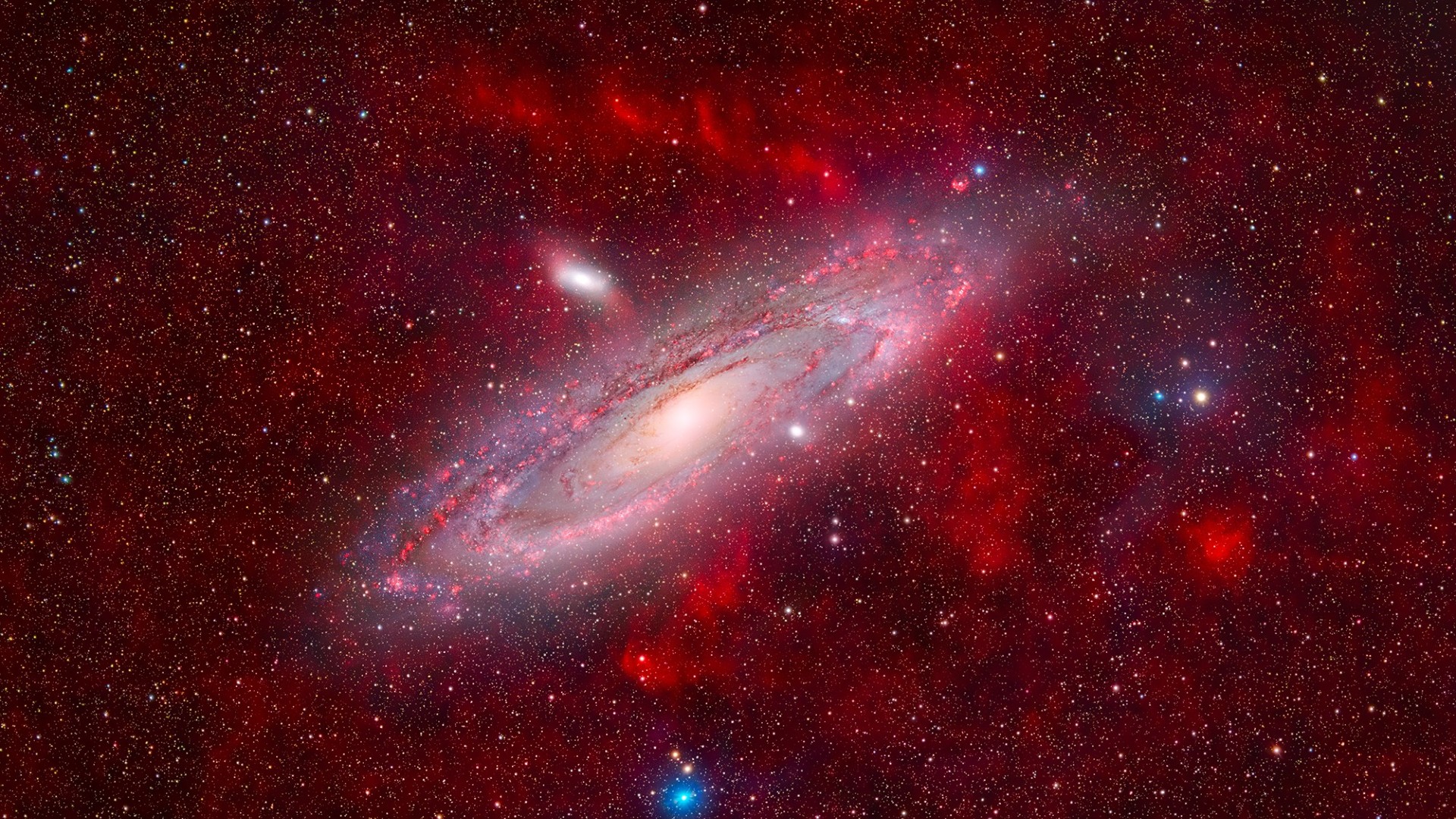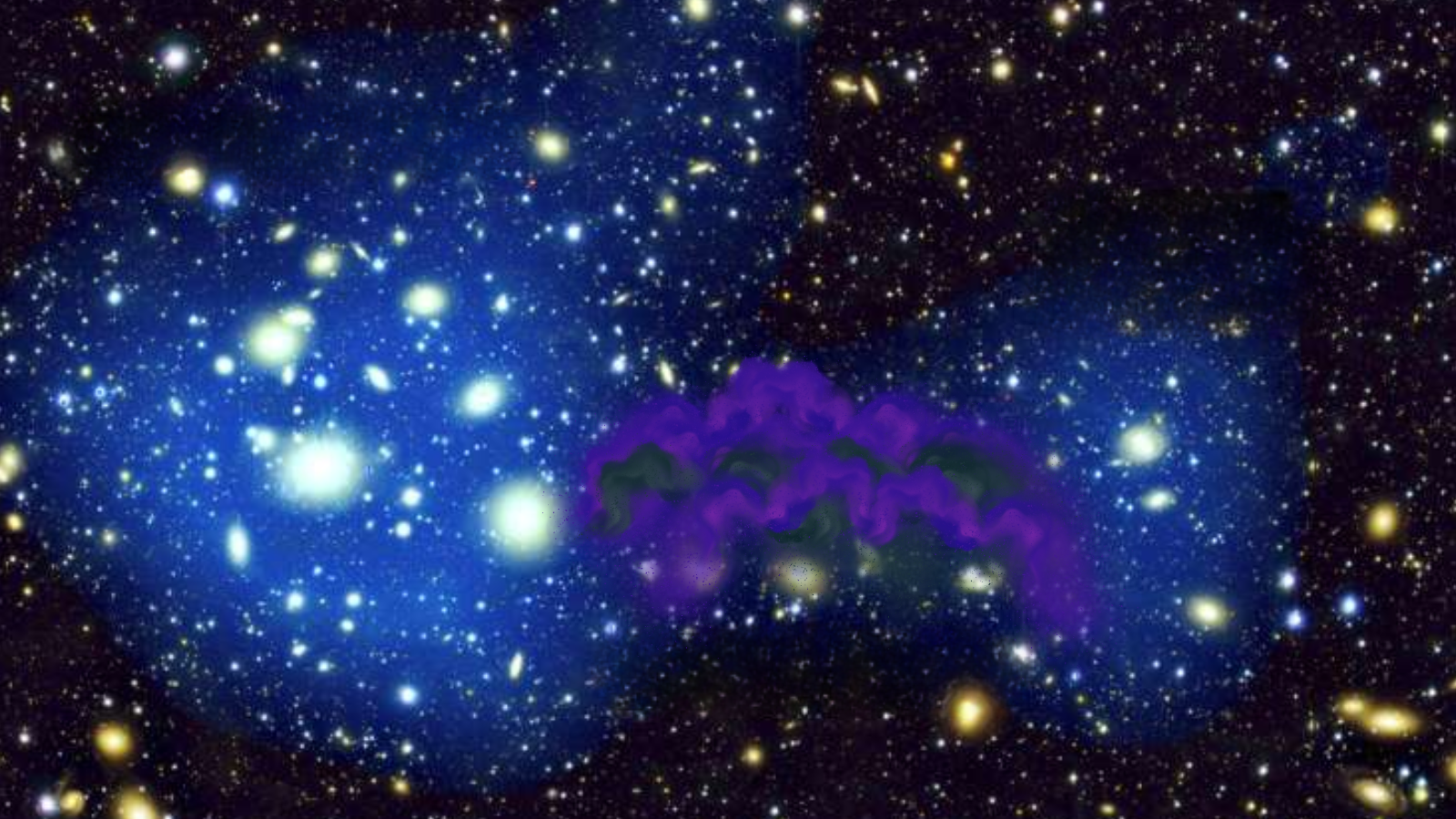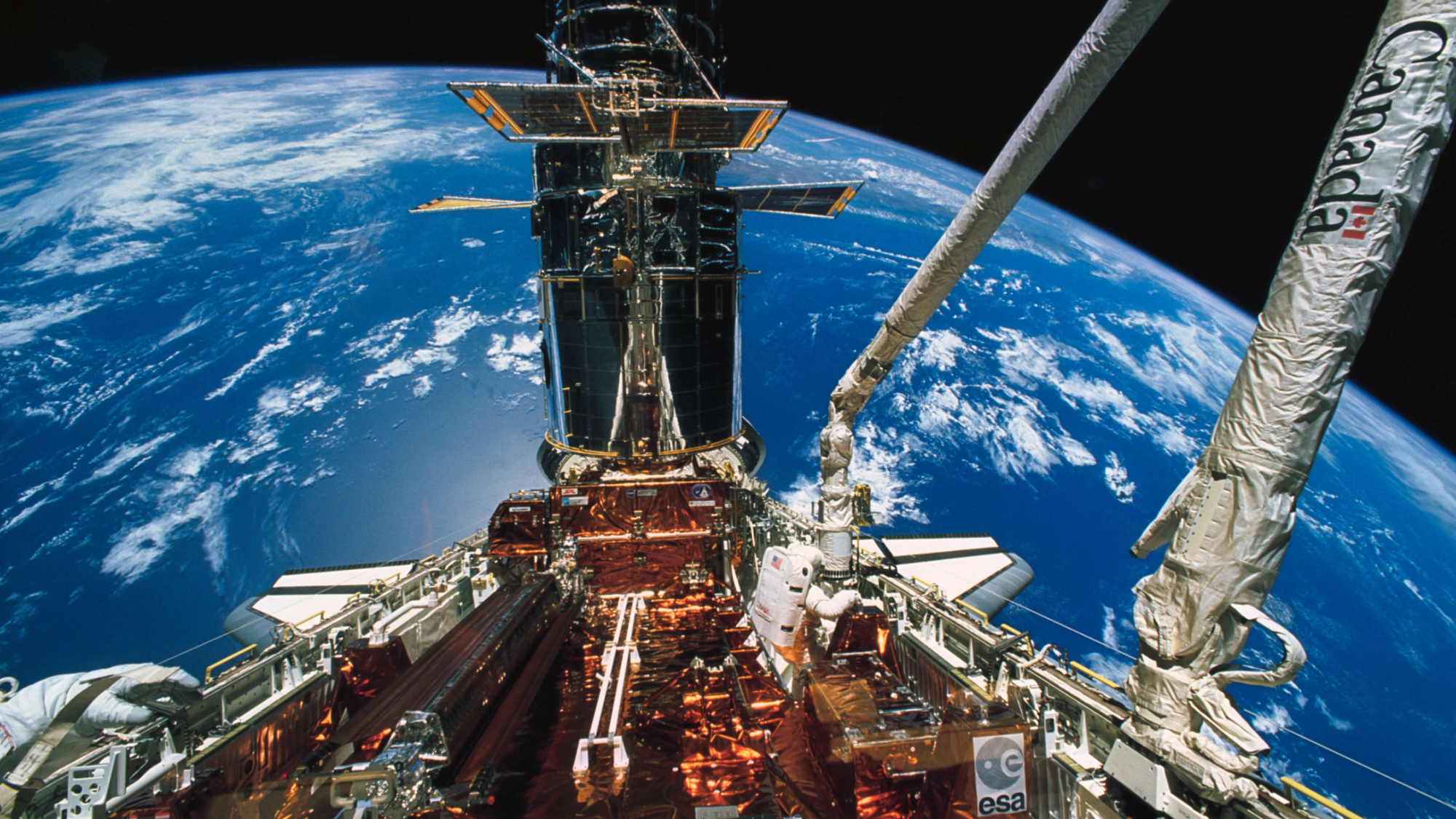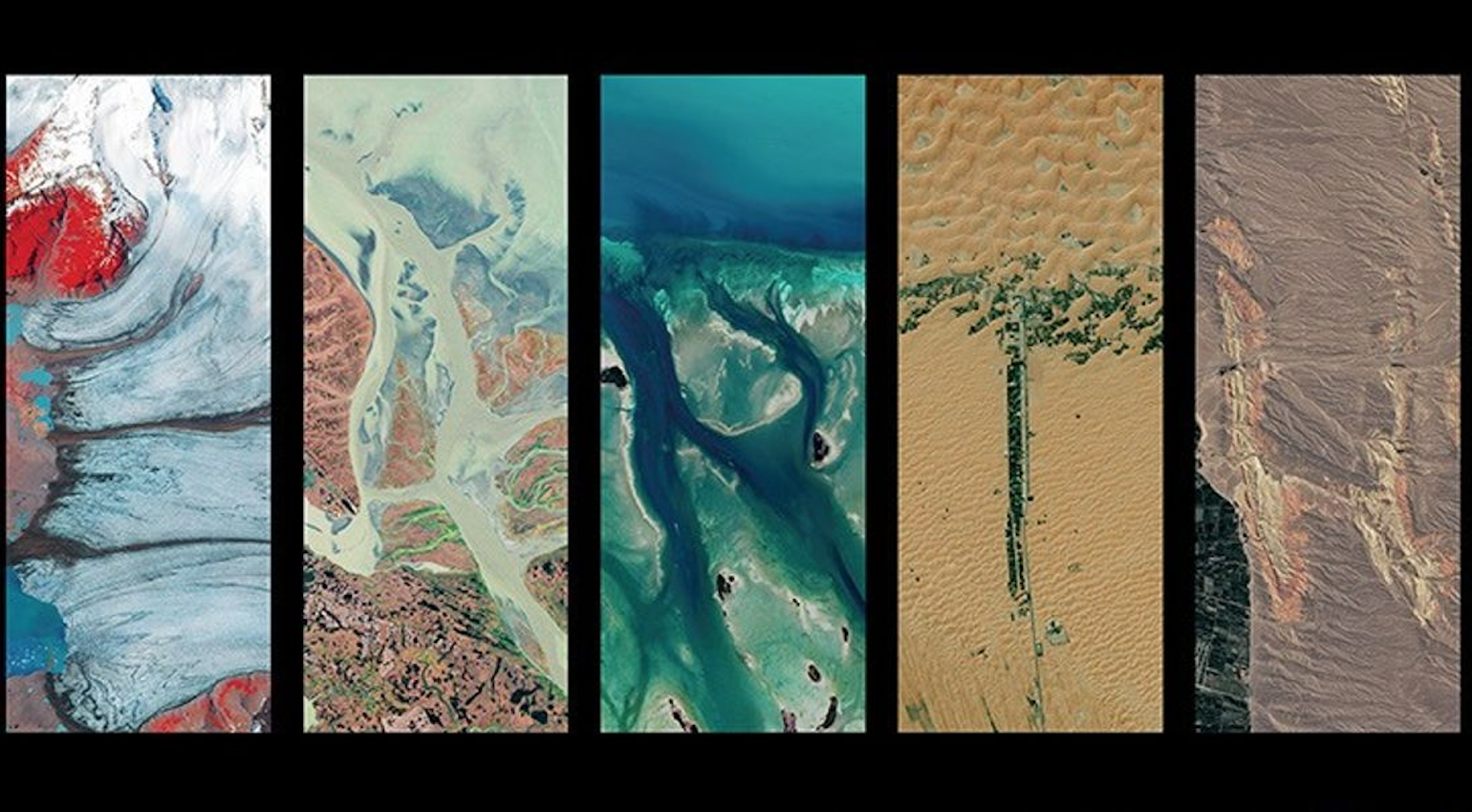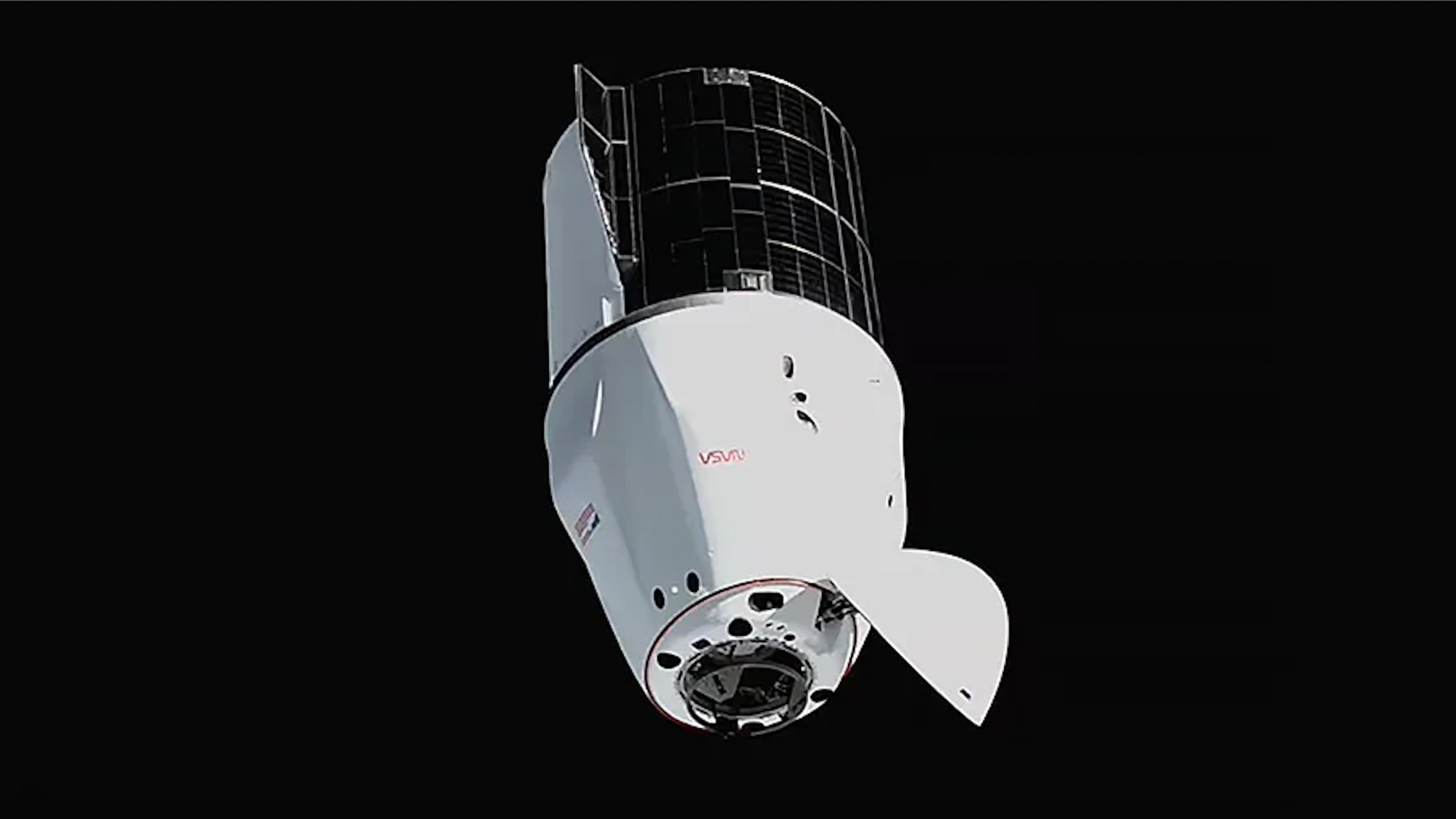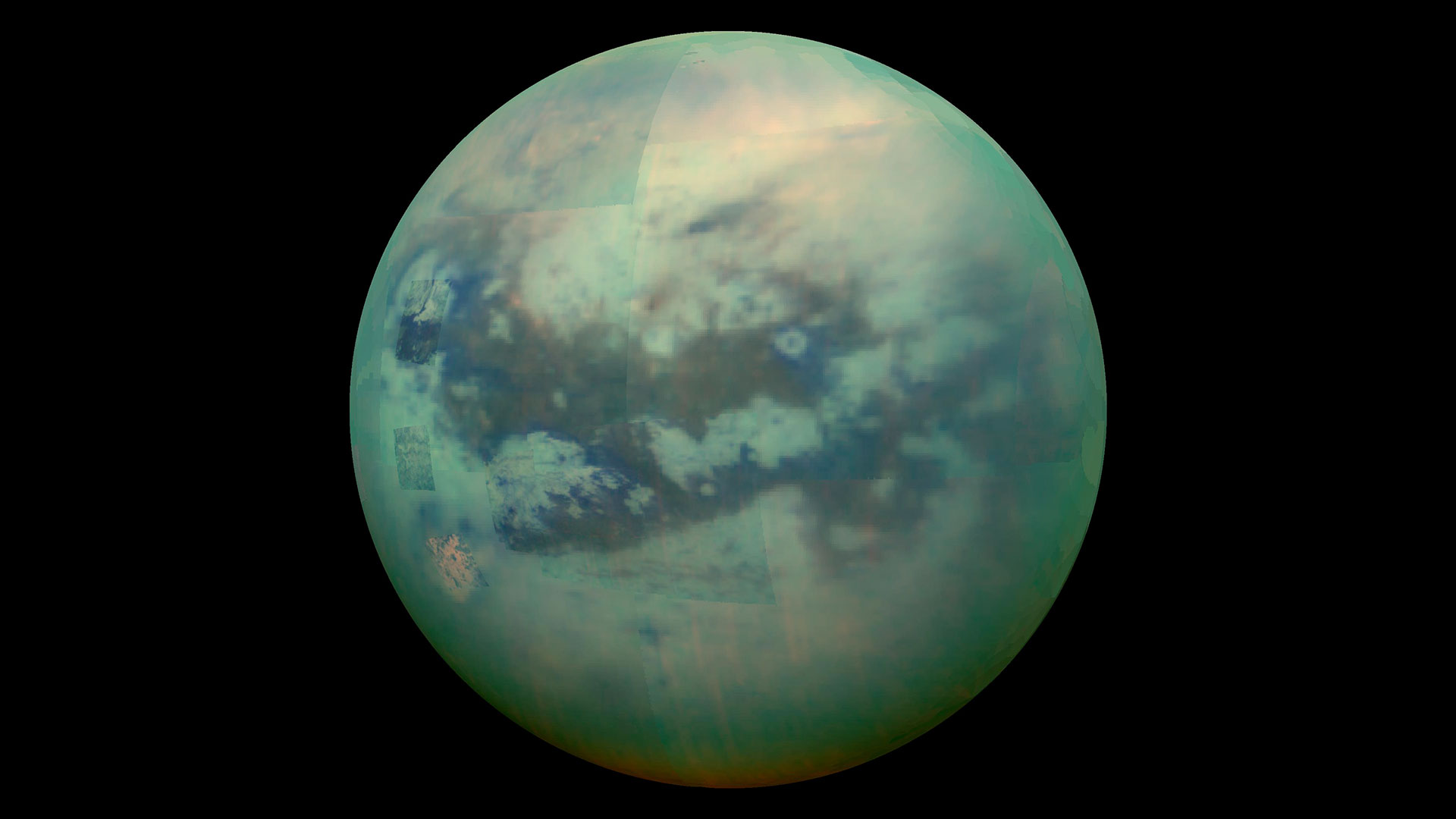Scientists may have just found the driving force behind Venus' volcanos
"Convection in the crust could be a key missing mechanism."
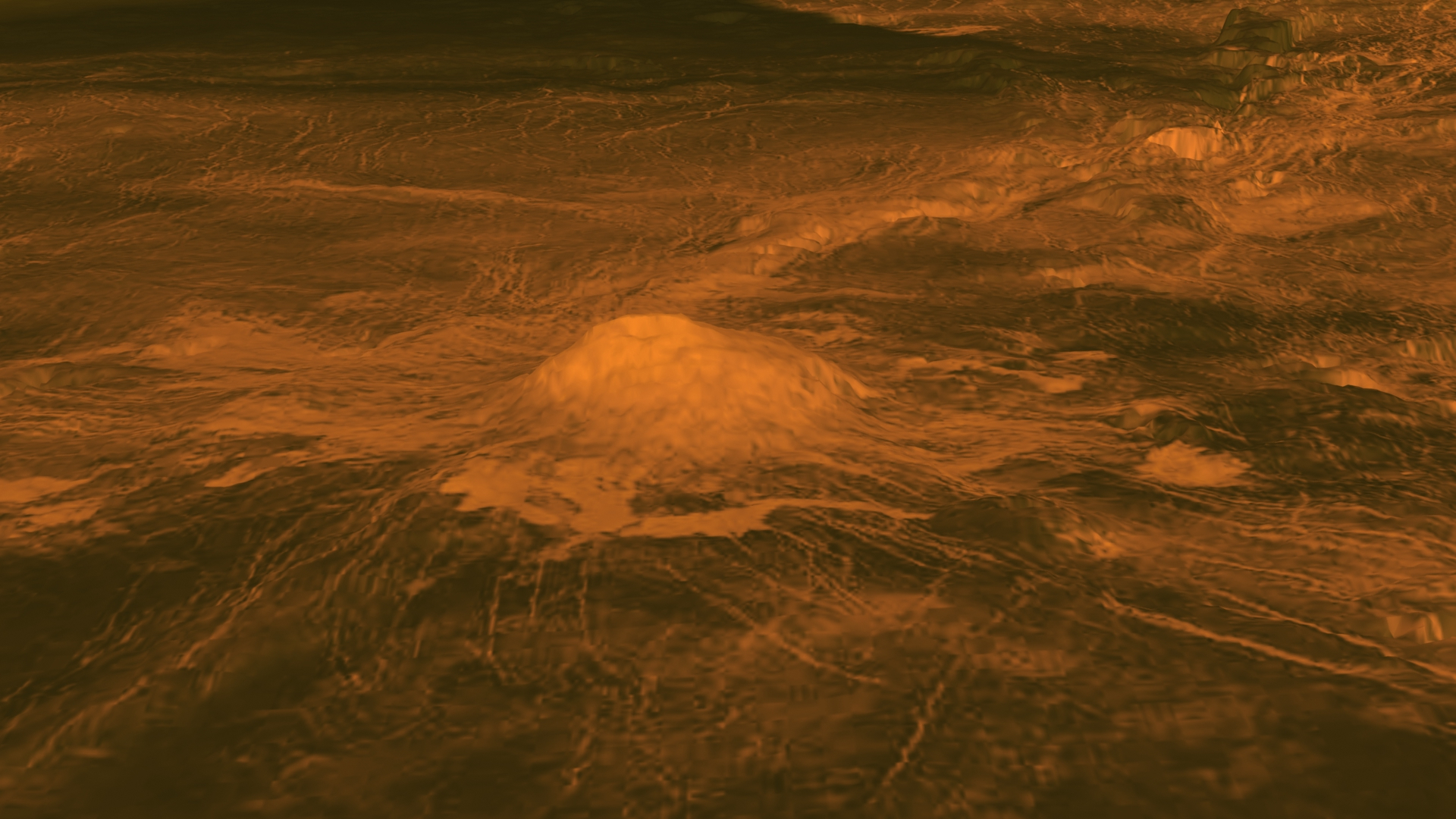
Convection processes beneath Venus' scorched surface may help explain the planet's many volcanoes, a new study reports.
Venus, the hottest planet in the solar system, is estimated to have 85,000 volcanoes, based on radar images from NASA's 1989 Magellan mission. Now, scientists have a new theory about what fuels the extensive volcanic activity: Convection within the planet's crust.
Using new fluid dynamic modeling, researchers show that Venus' crust could support convection. This, in turn, could help explain how heat from Venus' interior could be transferred to the surface, where temperatures reach 870 degrees Fahrenheit (466 degrees Celsius) and volcanoes and other geological features show clear signs of melting, according to a statement from Washington University in St. Louis.
"Nobody had really considered the possibility of convection in the crust of Venus before," Slava Solomatov, lead author of the study and a professor of Earth, environmental and planetary sciences at Washington University in St. Louis, said in the statement. "Our calculations suggest that convection is possible and perhaps likely. If true, it gives us new insight into the evolution of the planet."
Related: This map of volcanoes on Venus is the best we've ever made (image)
Convection is the process by which heated material rises toward a planet's surface and cooler materials sink. On Earth, convection currents churn through the mantle (the layer that lies beneath the crust), causing tectonic plates to move around the planet's surface and triggering geological activity like volcanism.
Convection currents have also been observed by NASA's New Horizons mission on the dwarf planet Pluto, which exhibits polygonal surface features resembling plate boundaries on Earth, according to the statement.
Get the Space.com Newsletter
Breaking space news, the latest updates on rocket launches, skywatching events and more!
Similar convection processes are now believed to be present on Venus, but instead occurring in the planet's thin outer crust, closer to the surface. This type of heat transfer could cause the observed surface melting and shed new light on the type and placement of volcanoes, according to the researchers.
"Convection in the crust could be a key missing mechanism," Solomatov said in the statement.
Further research combining mathematical modeling with observations of Venus's surface will help provide a better understanding of the planet's geology, the researchers said. Provided the opportunity, a future mission to Venus could collect high-resolution gravity measurements to help calculate density and temperature differences within the planet's crust and confirm that convection processes are in fact at work.
Their findings were published Feb. 21 in the journal Physics of Earth and Planetary Interiors.
Join our Space Forums to keep talking space on the latest missions, night sky and more! And if you have a news tip, correction or comment, let us know at: community@space.com.
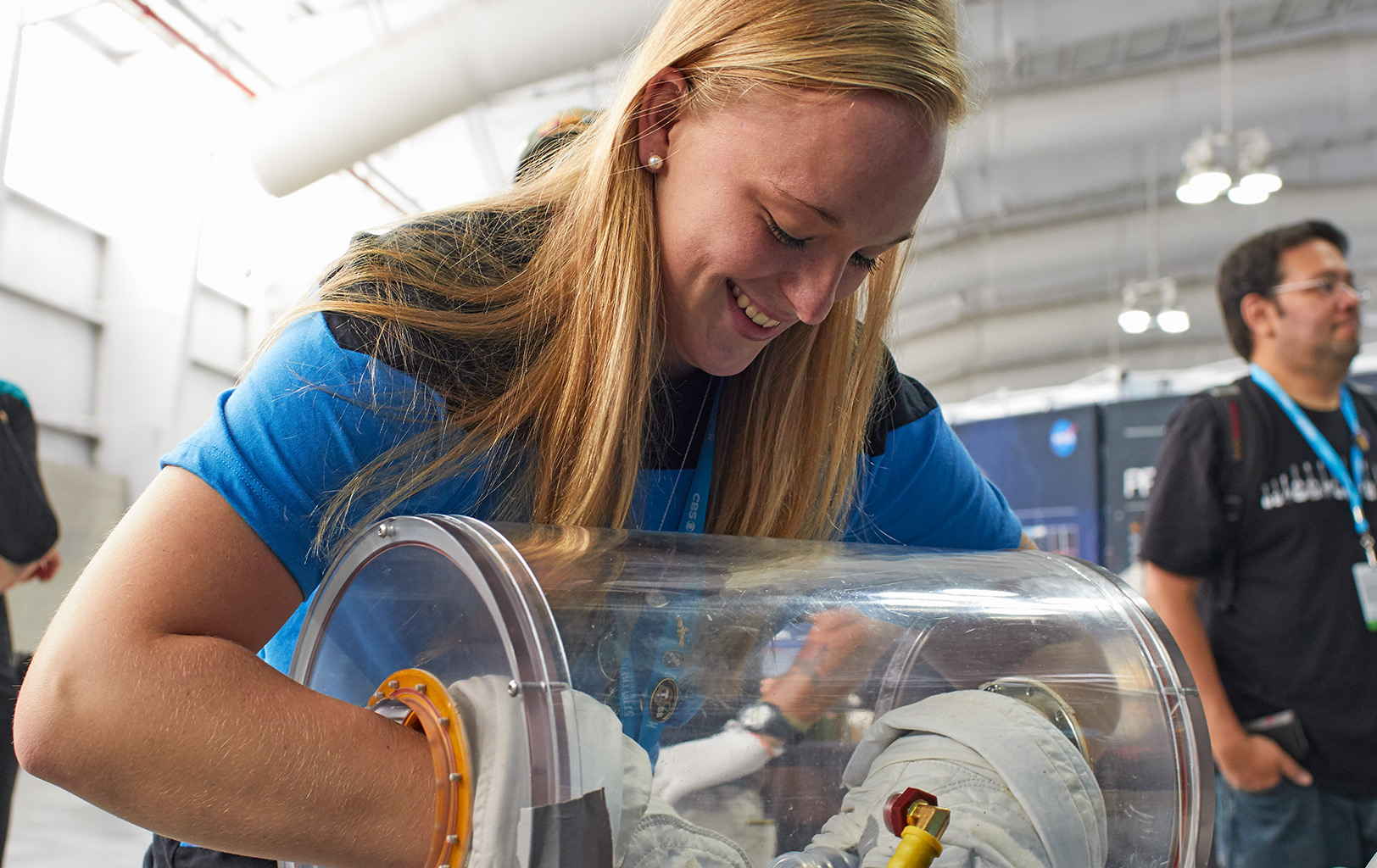
Samantha Mathewson joined Space.com as an intern in the summer of 2016. She received a B.A. in Journalism and Environmental Science at the University of New Haven, in Connecticut. Previously, her work has been published in Nature World News. When not writing or reading about science, Samantha enjoys traveling to new places and taking photos! You can follow her on Twitter @Sam_Ashley13.
You must confirm your public display name before commenting
Please logout and then login again, you will then be prompted to enter your display name.



